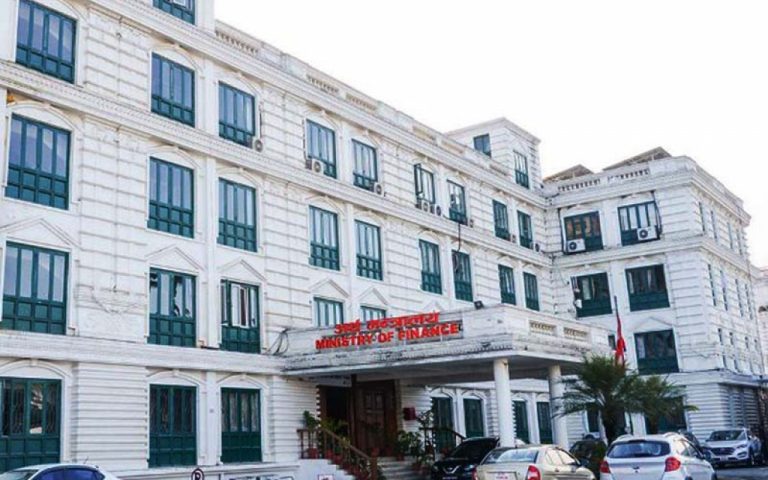
Nepal Government expenditure has gone above its income in the first three months of the current fiscal year 2022/23.
The total income of the government stood at Rs. 232.48 billion and expenditure touched Rs. 278.30 billion on October 18, making a significant gap of Rs. 45.82 billion between the receipts and expenses.
According to the data from the Financial Comptroller General Office (FCGO), the government income by the end of the first trimester is about 15.94 percent of the total annual target of Rs. 1458.60 billion.
The major earning areas of Nepal government include Rs. 189.72 billion tax revenue, Rs. 19.21 billion non-tax revenue, Rs. 793 million grants and Rs. 22.74 billion other receipts.
Finance Minister Janardan Sharma had increased the budget of the current Fiscal Year 2022/23 by about Rs. 161.01 billion compared to the previous year’s Rs. 1632.82 billion. According to experts, poor capital spending is more worrisome than the inflated current spending.
Mobilisation of the development budget has largely remained pathetic with the spending of just Rs. 19.68 billion – 5.17 per cent of Rs. 380.38 billion earmarked for the capital expenditure.
“Sometimes, the pending jobs completed at the beginning of the fiscal year and expenditure amount goes up. But poor development spending is a matter to worry about. It is the result of the institutional inefficiency at all the levels of the government,” said economist Dr. Achyut Wagle.
According to him, the country needs an immediate overhaul in the fiscal management. However, the mobilisation of the capital budget has witnessed slight progress compared to the 3.98 percent during the same period in the previous year 2021/22.
Stating that the low income and high expenditure is the result of poor fiscal discipline, economist and Chairman of Public Expenditure Review Commission, Dr. Dilliraj Khanal, said that it is not a good sign for the economy given the poor spending of development budget.
He maintained that his commission had indicted at such problems and offered suggestions to improve fiscal management. “If the situation persists, the government has to take loan to distribute salary to the employees,” he said. According to him, poor collection of revenue was partly a result of tightening the imports of luxury items in the wake of depleting foreign currency reserves.
During the same period last year, revenue collection was Rs. 256.82 billion, about 22 percent of the Rs. 1180.60 billion target but the expenditure was Rs. 234.87 billion – 14.38 percent of the total budget.






